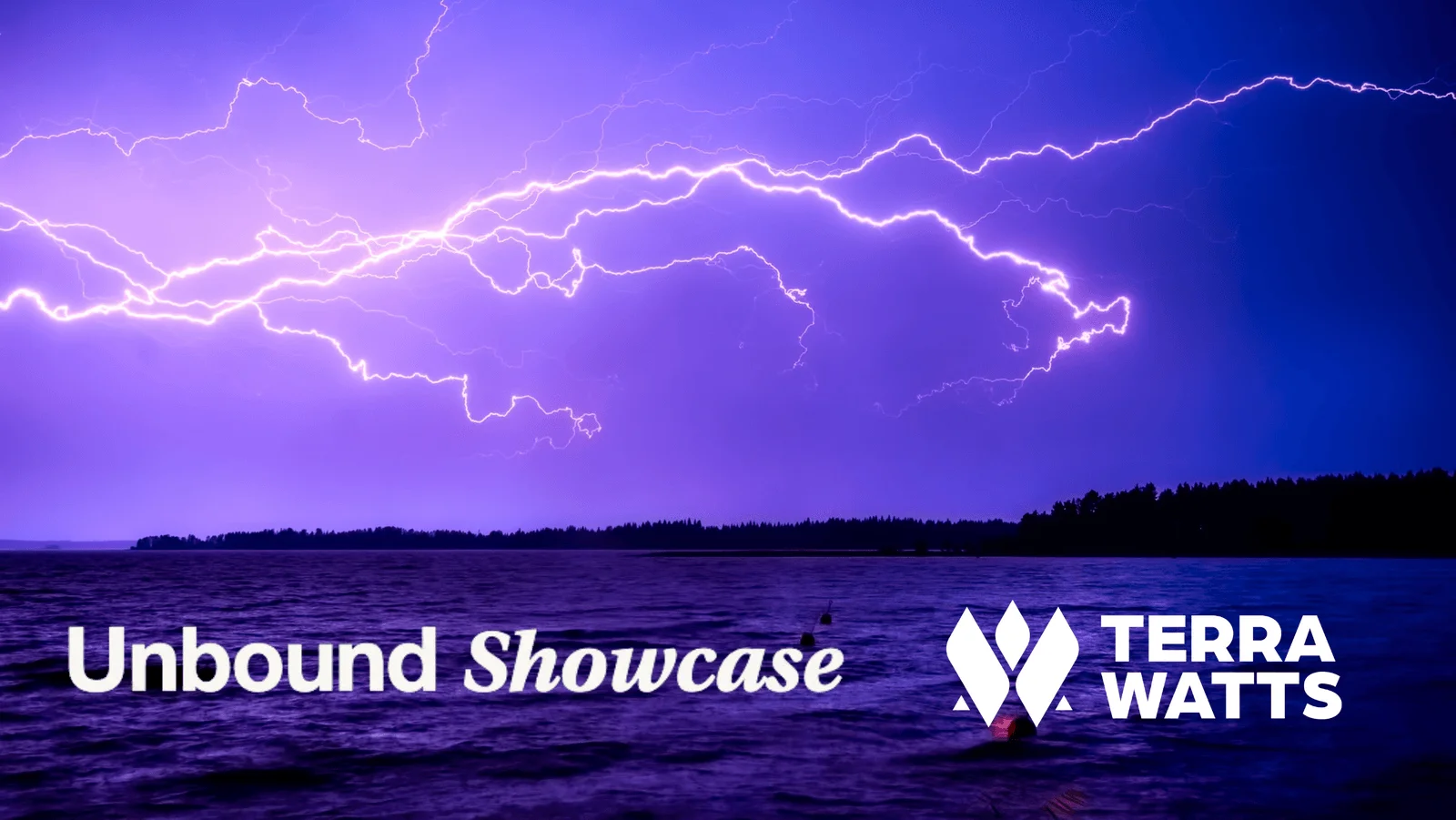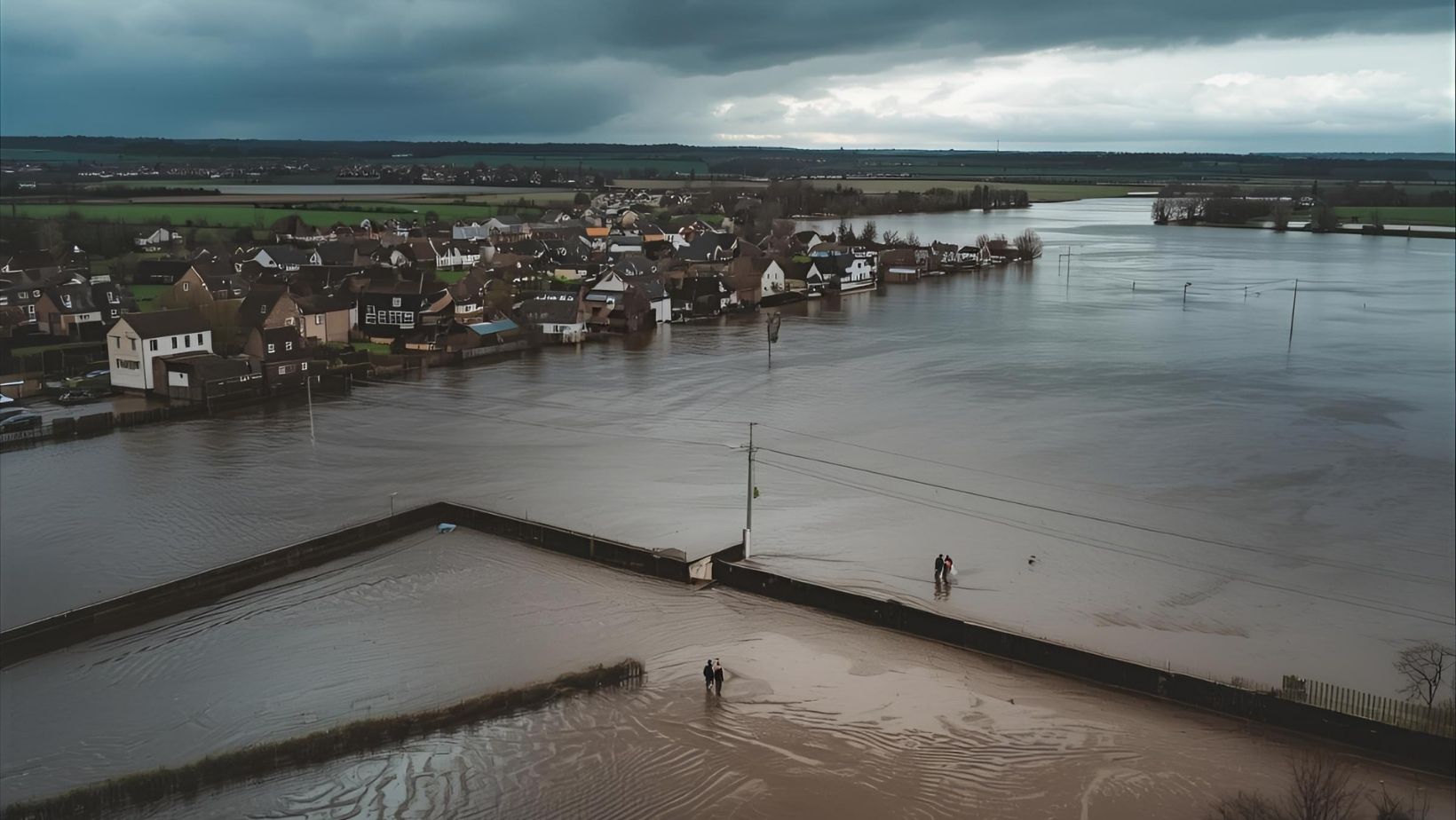Today's interview is with Kaitlyn Suarez, Co-Founder & CEO, Terra Watts.

What is Terra Watts?
What is Terra Watts, and can you share more about your mission?
Kaitlyn Suarez - One of the biggest hurdles standing in the way of global sustainable electrification is power transmission. Currently, most of our electricity originates from centralized sources and travels long distances over high-voltage transmission lines. These lines deliver electricity to substations, where the voltage gets stepped down and then sent through about 5 million miles of distribution wires to reach homes and businesses.
If we want to electrify more, especially as we add energy sources, we need even more infrastructure. That means more wires, more transformers, more everything. And building all that isn't easy. We're facing significant challenges, including supply chain delays, permitting hurdles, and even public resistance to new power lines in their communities.
It's a challenging situation – and it's even tougher in rural and developing areas, where high transmission costs can make new projects nearly impossible to implement. To put the scale in perspective, we'll need to add or upgrade over 50 million miles of transmission and distribution lines worldwide to meet future demand. That's a massive task ahead of us.
At Terra Watts, we believe the future of power requires a "yes and" approach – wired and wireless, traditional and innovative. We need to move electrons however we can, using every tool at our disposal. That means supporting and extending the wired infrastructure we already rely on, while also advancing wireless technologies that can reach areas the grid cannot. That's where our work comes in – we're focused on unlocking the potential of wireless power to complement and expand what's possible.
Wireless Power Transmission
What inspired you to explore wireless power transmission, and how did the idea for Terra Watts come about?
Kaitlyn Suarez - I am a geoscientist specializing in critical minerals and exploring mineral deposits formed within the earth. Partway through my Ph.D., I realized that the supply chains for essential materials, such as copper and steel, are vulnerable to significant disruptions. These challenges could severely slow or even halt progress in building transmission infrastructure.
The idea of moving electricity without wires is not novel. It dates back 100 years to Nikola Tesla's experiments and writings. Tesla is most famous for inventing the alternating current motor and standing up the grid we know today. He identified wires as the weakest point of the system and set off to create a wireless technology, but his work was never realized. I grew up next to one of his old 1900s laboratories on Long Island, where the fascination began. Today, our patented underground wireless technology is inspired by Tesla's concepts but with modern twists.
Kilometer Scale Range
What are the biggest challenges your team faces in scaling wireless power transmission to a kilometer scale range?
Kaitlyn Suarez - The key challenge for the kilometer scale range is to redesign the transmitters and receivers while also increasing the amount of power we inject into the ground. Redesigning the transmitters and receivers is the most expensive aspect of our research, as it requires drilling new boreholes and installing the necessary equipment. We are eager to line up the next source of funding that unlocks this next milestone.
Energy Sector Impact
How do you see wireless power impacting the energy sector in the next 5 to 10 years?
Kaitlyn Suarez - Our vision for underground wireless power is to transform the medium voltage distribution component of the grid. Over 90% of the power outages occur at the distribution lines due to the low height. As you can imagine, this is also the part of the grid that sparks the most fires.
While we’re not calling for the replacement of a perfectly functional distribution grid, we believe our technology can play a crucial role in filling the distribution gaps – especially in disaster response, developing regions, rural communities, and remote military applications where traditional infrastructure falls short.
Industry Benefits
What near term industries do you believe will benefit most from your technology, and why?
Kaitlyn Suarez - The technology has milliwatt-level applications that will impact the energy sector in the near term. Our wireless technology can also transmit data through the ground, allowing us to deliver power and communicate data from sensors located in the subsurface. We will unlock underground IoT systems to facilitate high-resolution underground sensing and imaging, which is crucial for industries such as mining, geothermal power, geologic hydrogen, and others.
Environmental Benefits
What are some of the environmental benefits of reducing dependency on physical wires and batteries in energy transmission?
Kaitlyn Suarez - Minerals are becoming the new oil – a shift that's already playing out on the geopolitical stage. At Terra Watts, we believe it is in the interest of humanity to have an option where power can be distributed with minimal reliance on copper, steel, batteries, and other resources. We advocate that it's time to deeply explore and exploit the Earth's only 'natural' conductor – the rocks beneath our feet.
Remote Areas
How does Terra Watts' technology help solve the issue of energy access to remote or hard-to-reach locations?
Kaitlyn Suarez - One of the first areas where we envision this technology making a real difference is in improving energy access for remote or hard-to-reach locations. Currently, many of these regions are utilizing microgrids to meet their energy needs. However, to make these systems more resilient and adaptable in the long term, there is a significant opportunity to secure the power underground wirelessly. Furthermore, our goal is to cut the cost per mile in half compared to traditional wired infrastructure – making it far more feasible to bring reliable energy to developing regions where the cost of wiring is too high today.
Collaboration
Could you elaborate on the collaboration between Terra Watts and other organizations?
Kaitlyn Suarez - We are incredibly grateful for the numerous collaborations across the country that have made this vision possible. Notably, an Activate fellowship has supported us for the past two years. Activate empowers scientists like me to lead the commercialization process from the very beginning, helping to transform breakthroughs into real-world products and services. We are grateful for the support from Rose Rock Bridge in Tulsa, Oklahoma, as we explore near-term use cases of our technology in partnership with energy companies.
Sustainable Energy Solutions
With the growing demand for minerals for energy technologies, how do you see Terra Watts contributing to sustainable energy solutions?
Kaitlyn Suarez - Our technology meets the demands of a future that values adaptation and must operate within the limits of scarce mineral resources. Building transmission at scale calls for a “yes and” approach – embracing both wires and yes to wireless. We offer the only wireless solution that delivers power transmission at a low cost and with minimal mineral use. Our system directly supports the effort to build the 50 million miles of transmission lines needed around the world. Our technology is the most flexible option for meeting the diverse and evolving demands of modern energy networks.


.svg)

.png)

.jpg)
